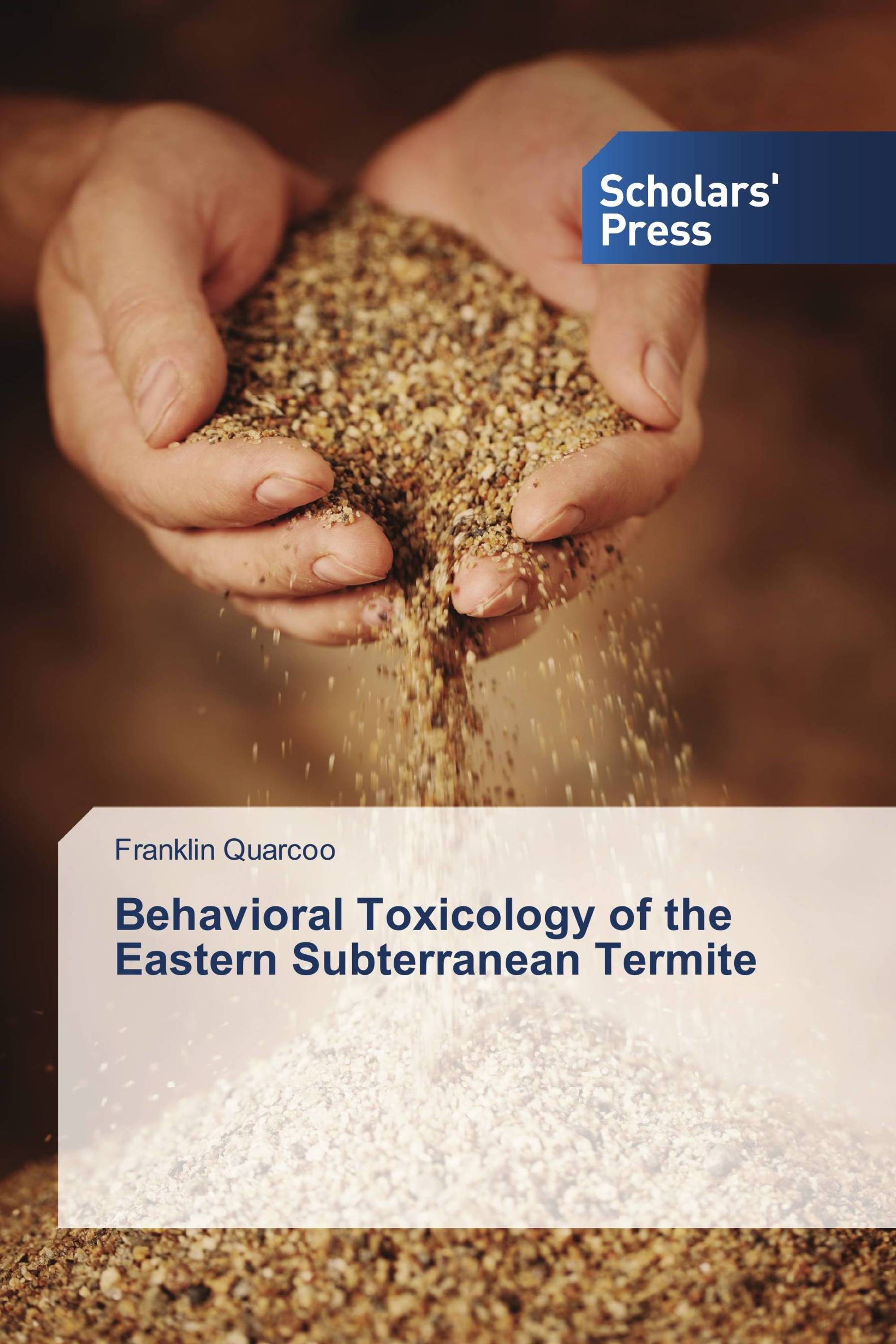Catalogue
Subterranean termites assist in the decomposition of cellulose-containing materials such as trees. This decomposition results in the release of trapped resources back into the soil. Termites thus play an important ecological role in the environment. On the other hand feeding on cellulose-containing materials such as wood used in construction, results in major structural damage. The social organization of termites is very impressive and so is their uncanny ability to communicate information to enable the colony to avoid unfavorable conditions such as pesticides. Proper use of termiticides requires an understanding of termite social structure and behavior before and after contamination with insecticides. Lack of this knowledge has led to a number of treatment failures. Killing the queen termite (who lays the eggs) is the goal but this requires that treated foragers remain healthy enough to travel back to her in the central nest. This book addresses the dearth of information on the progressive behavioral changes that occur from the time of contact with insecticides until death of treated termites and also covers research-based information on behavior-based control of termites.
Book Details: |
|
|
ISBN-13: |
978-3-639-71908-6 |
|
ISBN-10: |
3639719085 |
|
EAN: |
9783639719086 |
|
Book language: |
English |
|
By (author) : |
Franklin Quarcoo |
|
Number of pages: |
120 |
|
Published on: |
2014-06-30 |
|
Category: |
Agriculture, horticulture, forestry, fishery, nutrition |
